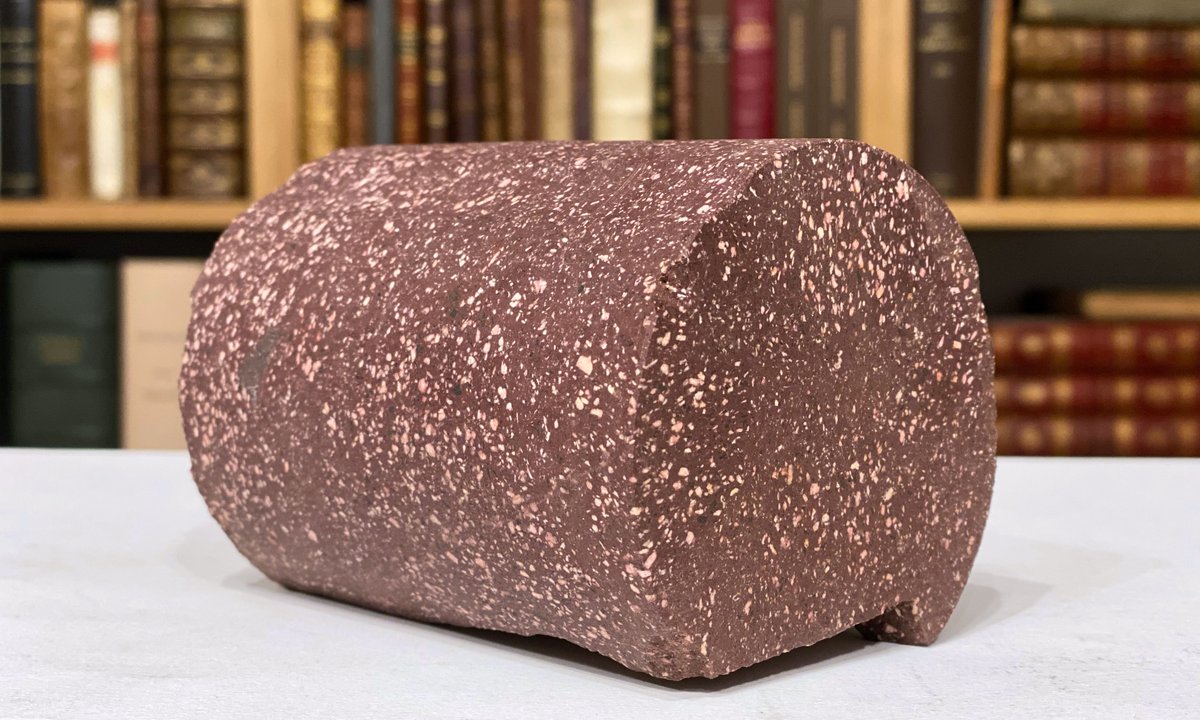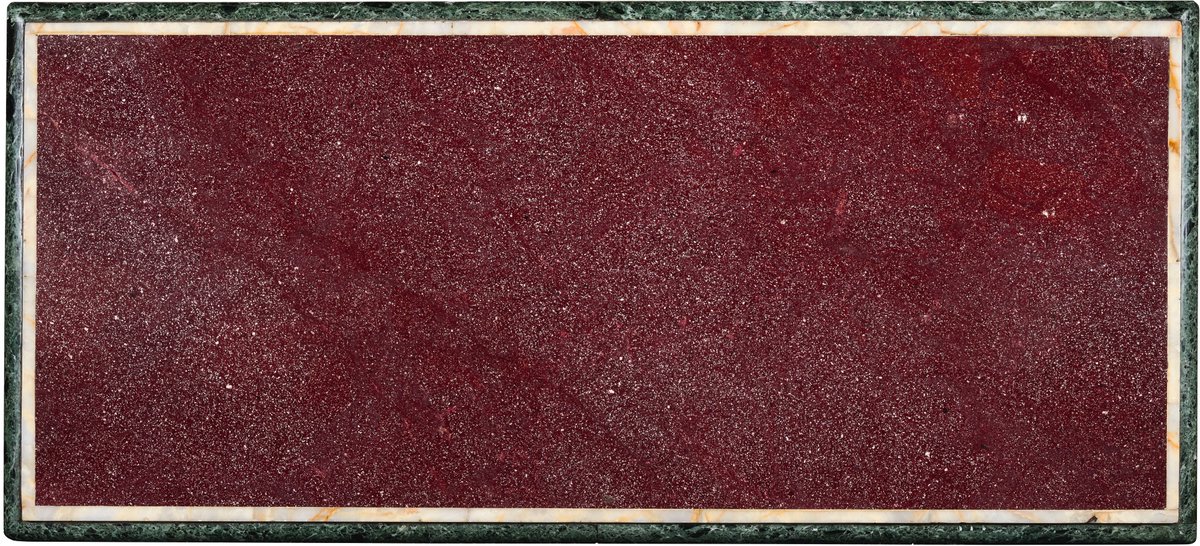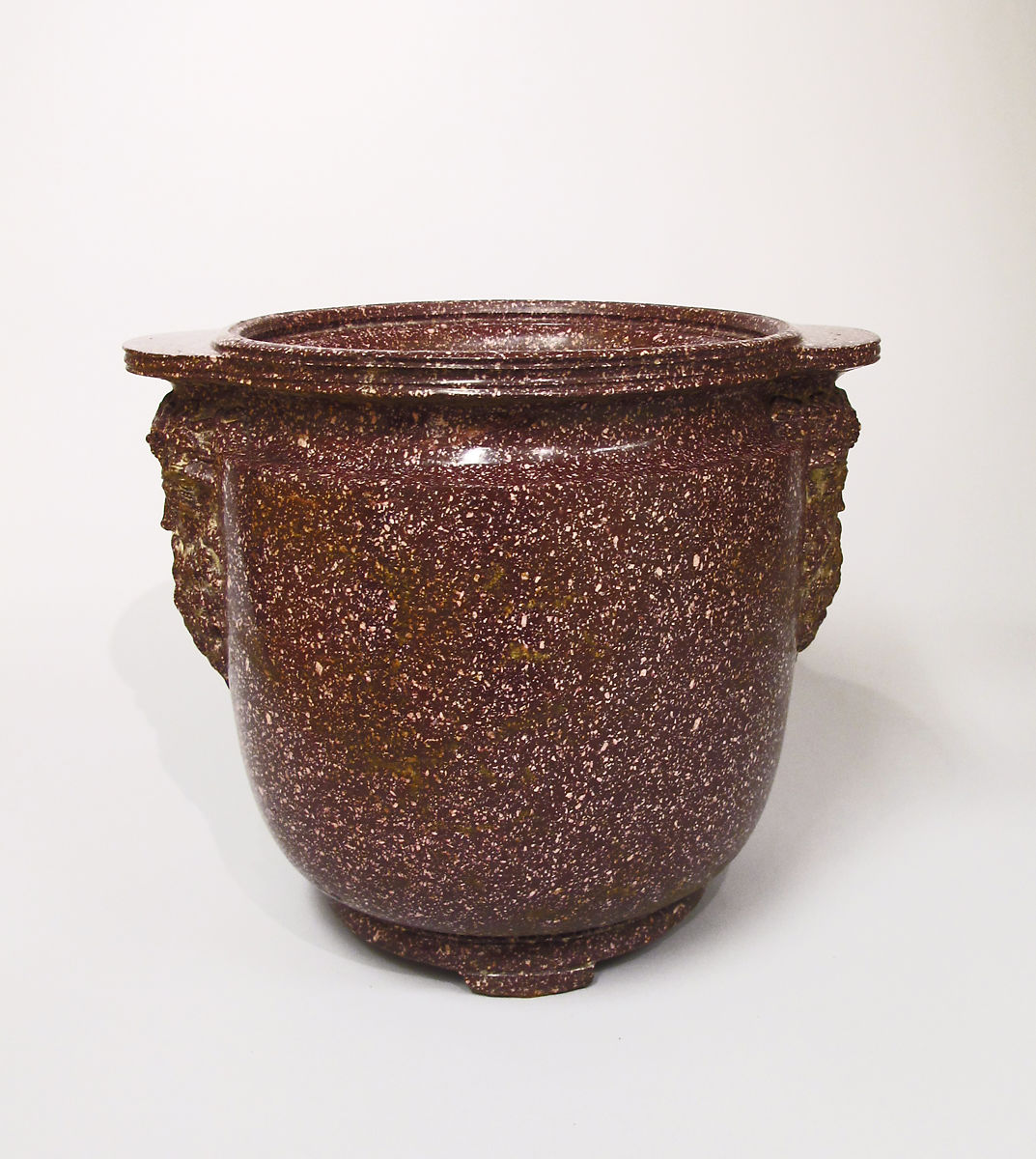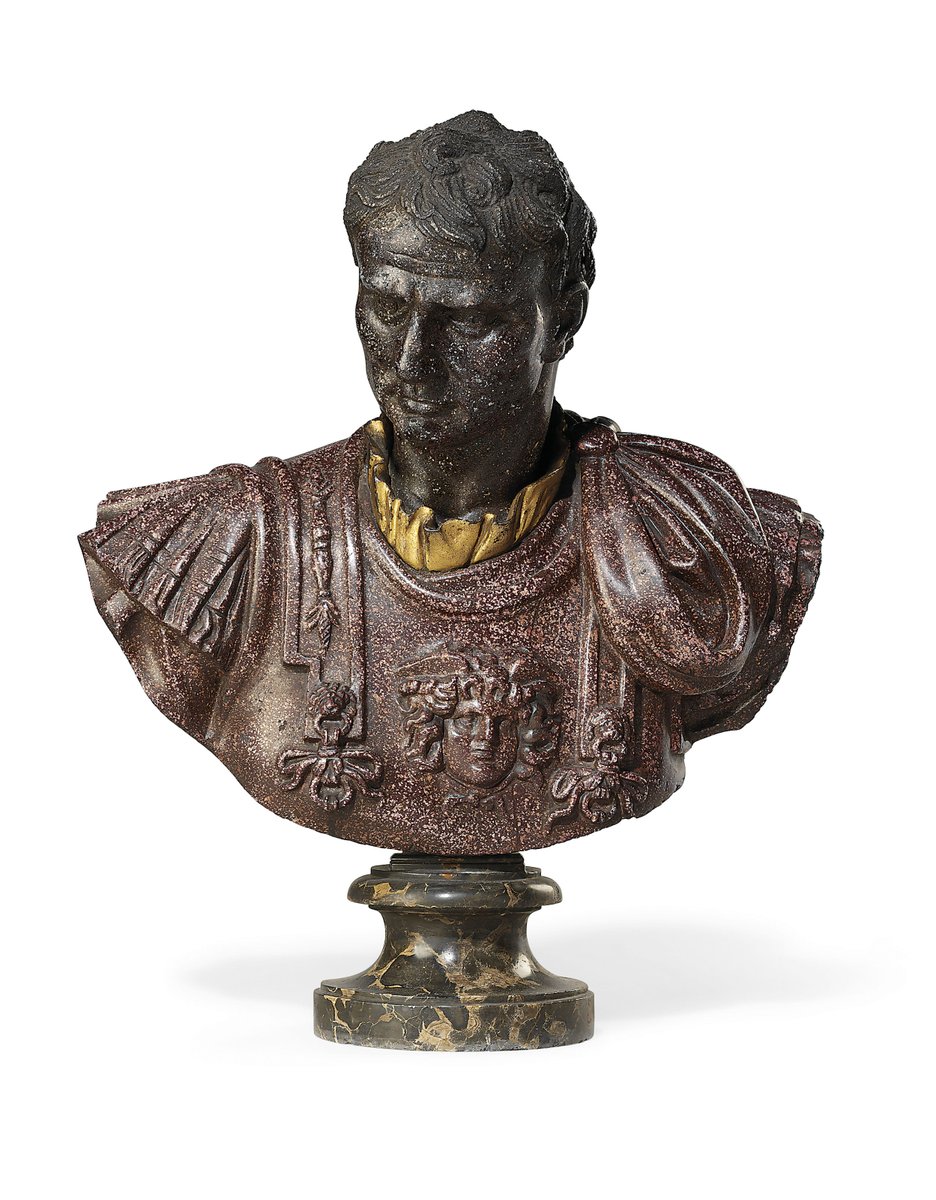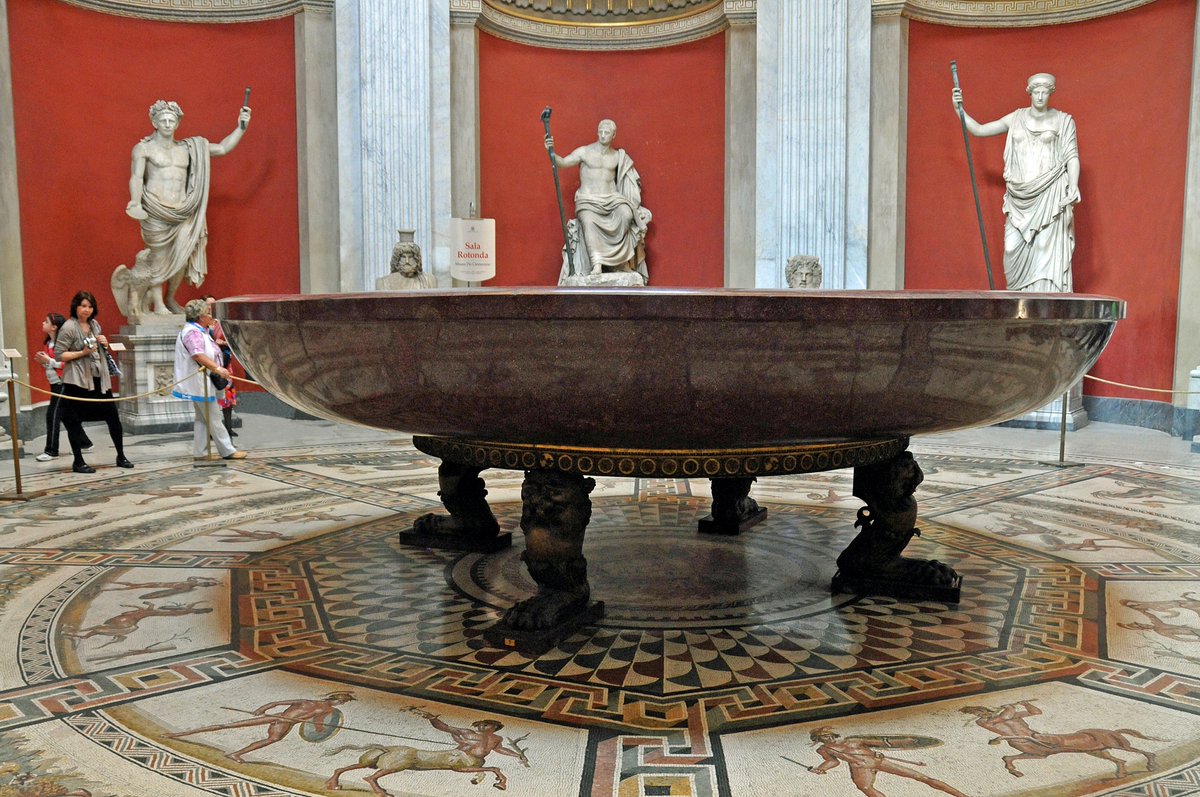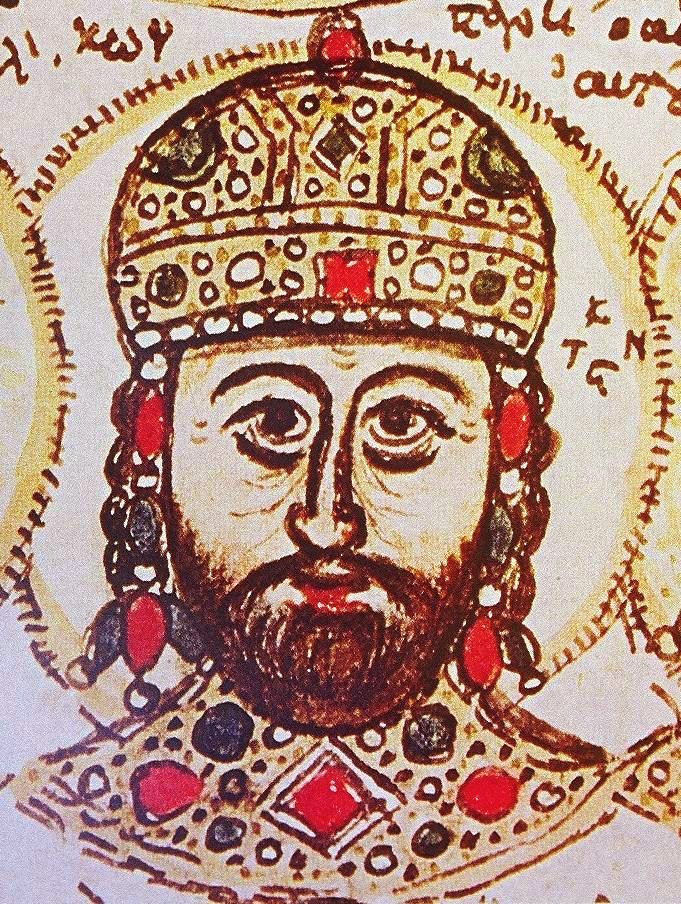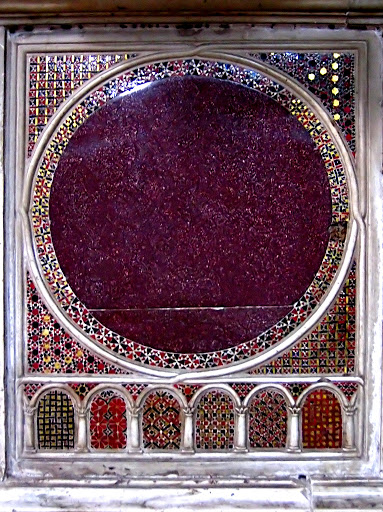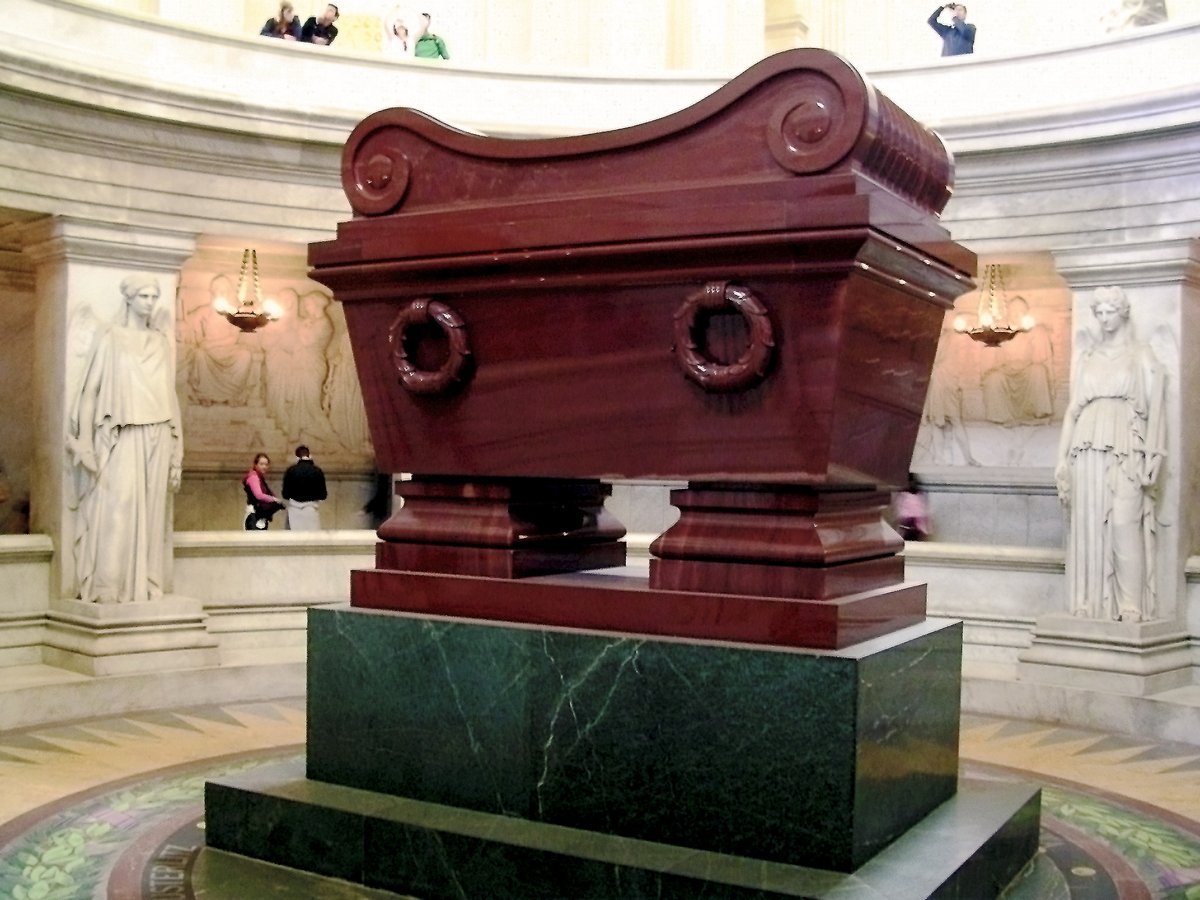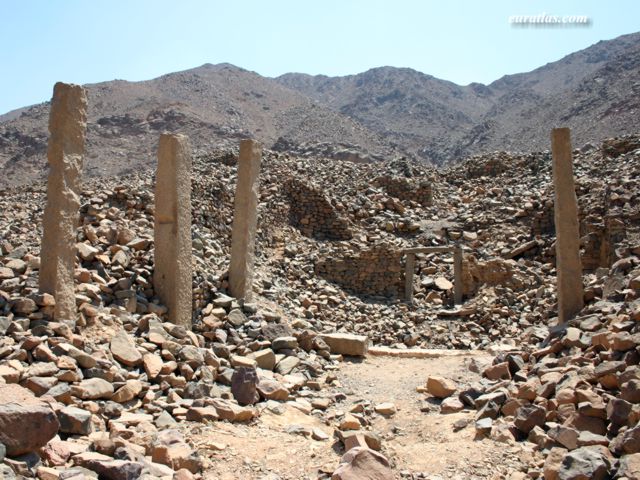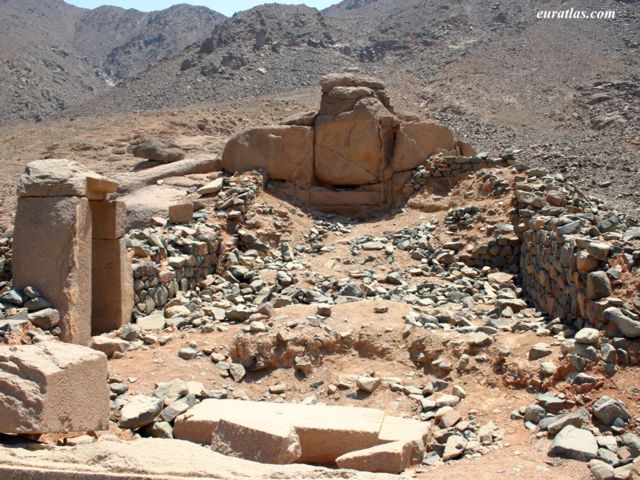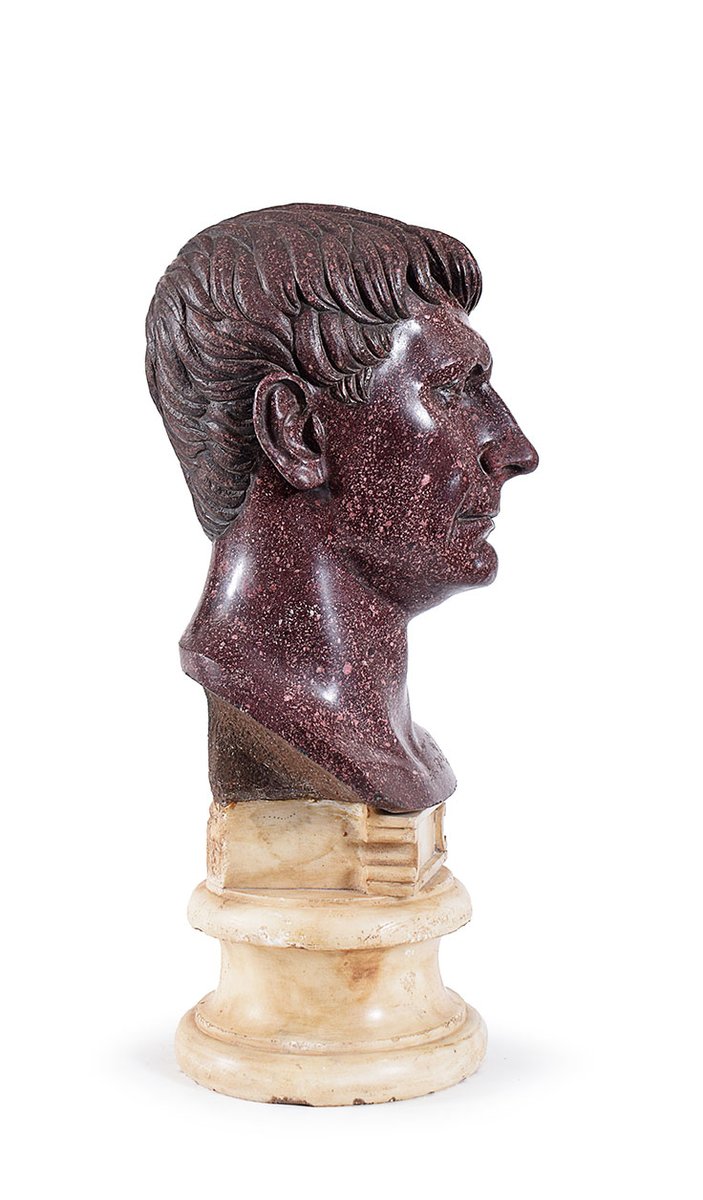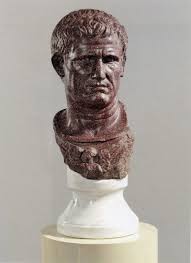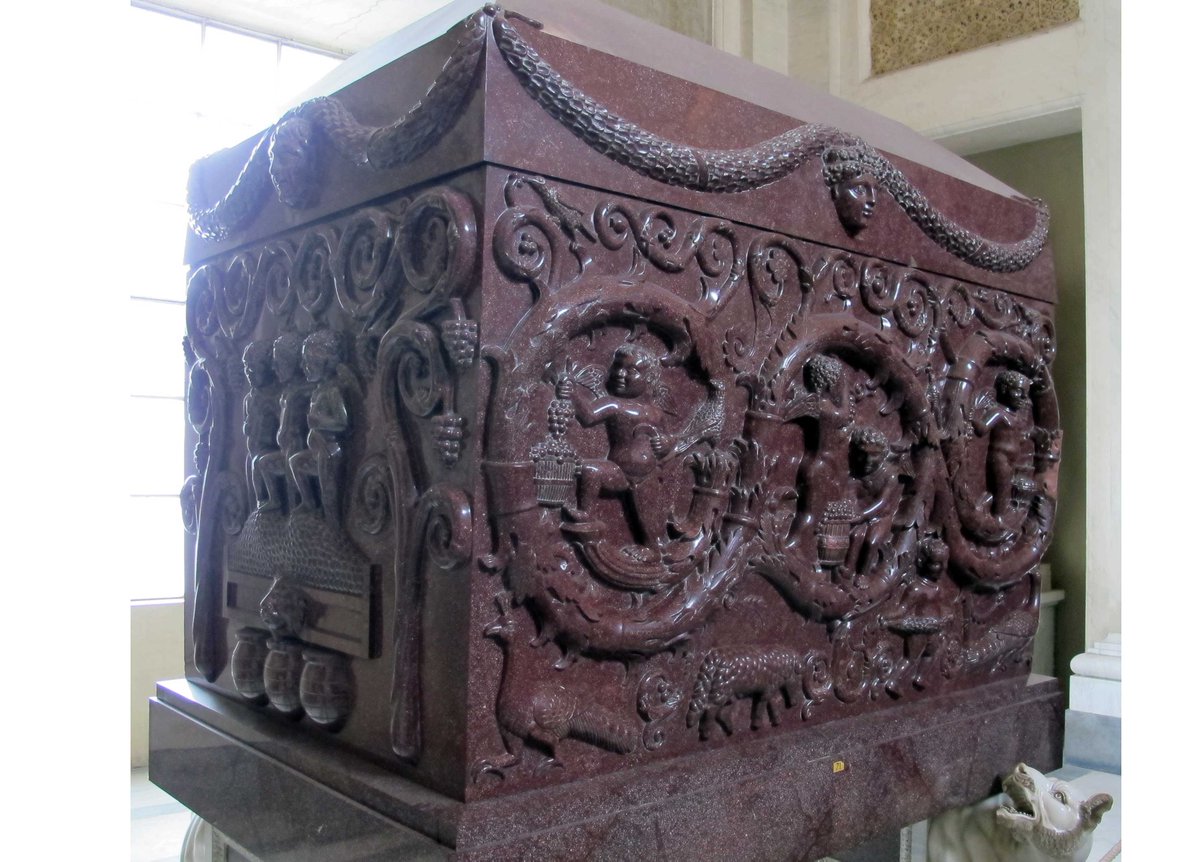Am I the only one here who has very sensibly used this two months of quarantine to fulfill a boyhood ambition 40 years later and finally buy a chunk of Roman Imperial Porphyry, the coolest of all the stones?
No? No-one? Just me then?
No? No-one? Just me then?
I accessorized my new home Gallery of Imperial Porphyry (contents: 1 x rock) with Dario del Bufalo's excellent book on the subject.
The Imperial Porphyry found in Italy came from a single remote mine in Egypt, the Mons Porphyrites. It was imported by the Romans as a decorative accent stone, for use in tiled floors, as colored columns, or occasionally carved into a vase or sculpture.
The location of the mine in Egypt - the only source of porphyry of this quality - was lost around the 4th century AD and not successfully rediscovered until 1823. So the porphyry vases and sculptures made in the Renaissance and later were all fabricated from re-used Roman pieces.
This gigantic basin - 25 feet in diameter - now on display at the Vatican, was purportedly made as a bathtub for the Emperor Nero. It's likely the single largest intact piece of Roman Imperial porphyry that survives today.
Constantine XI, last of the Byzantine emperors, was crowned in the provincial city of Mystras, which had a single Imperial Porphyry tile set into the floor. The Emperor is said to have stood on the tile to be sworn in in 1449, both continuing and ending a 1400 year old tradition.
In later centuries Porphyry remained the supreme symbol of Imperial power. Several Holy Roman Empire monarchs, including Fredrick II, Henry IV and William I, all had tombs of Imperial Porphyry, continuing an Imperial custom which had been first started by Nero in 63 AD.
Centuries later Napoleon wanted to be buried in an Imperial Porphyry tomb, as a symbol that he was heir to the Roman Emperors. His officials searched for the lost Imperial quarry but were unable to find the source. He was instead buried in a tomb of much more common red porphyry.
Today, the Mons Porphyrites, 70km east of the Nile, unique source of Imperial Porphyry, is protected as a World Heritage Site from all further quarrying. While similar but inferior stone is found elsewhere, there will be no further production of true Imperial Porphyry ever again.
Imperial Porphyry is an ancient antecedent to - but also a quintessential example of - Marshall McLuhan's famous 1964 dictum "The medium is the message". Magnificent as the objects made from porphyry often are, their true power comes from this unique and remarkable stone itself.
Imperial porphyry signalled not just power and prestige, but also that the Roman Empire could accomplish the near impossible: Cutting and quarrying the immensely hard rock, and transporting it 1000s of kms from the Egyptian desert to Rome was an awe-inspiring feat of engineering.
Later rulers sought out porphyry not just to legitimize themselves as heirs to the Roman emperors but also to associate themselves with the godlike skills of the ancients. Porphyry was recognizable physical proof that the Romans could do the impossible - the moon-rock of its day.

 Read on Twitter
Read on Twitter